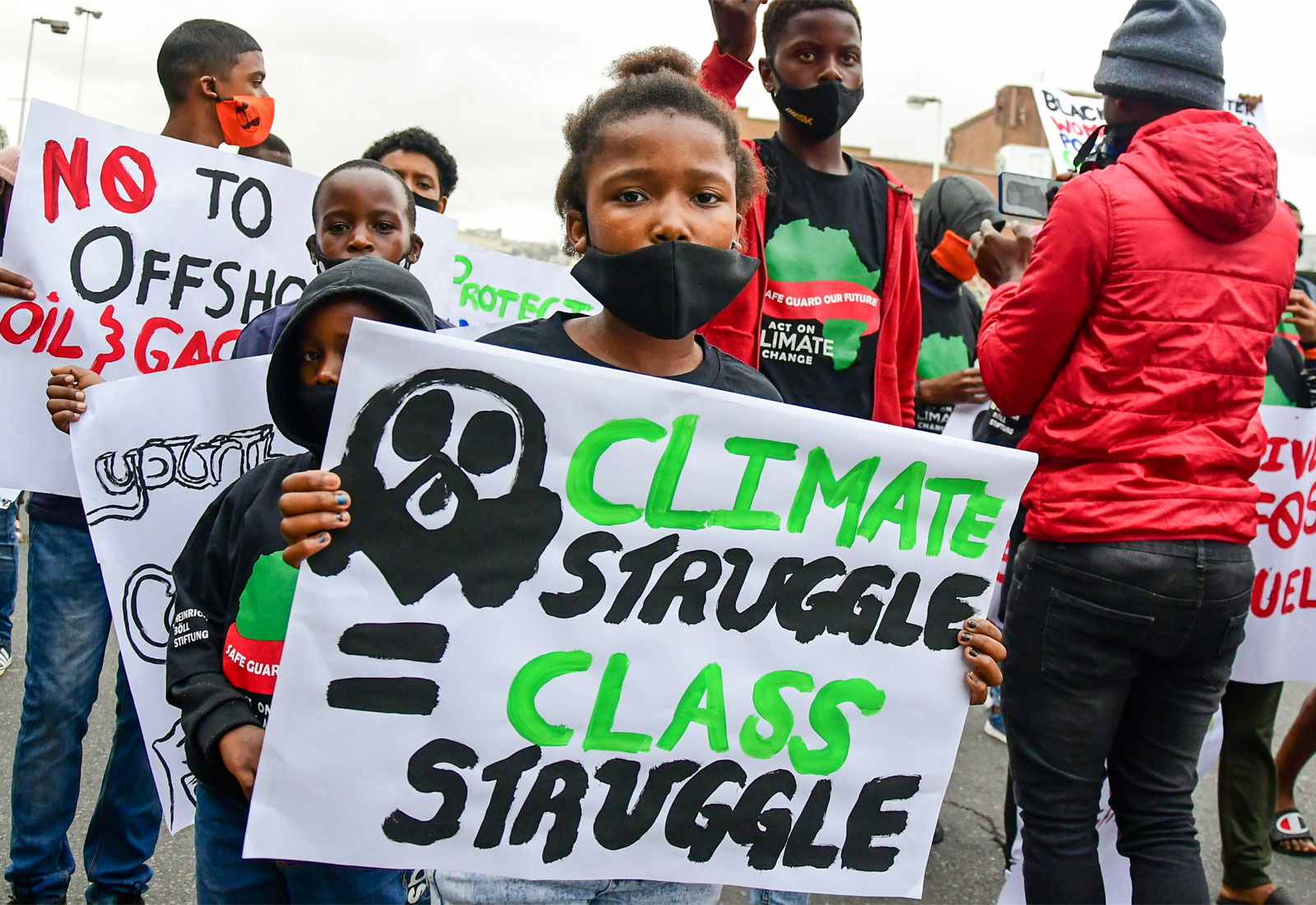For years, environmental researchers have been trying to understand if providing a decent living for everyone on Earth would be at odds with reaching our most ambitious climate goals. After all, eradicating poverty means consuming more energy: paving new roads, building hospitals and schools, and providing decent housing with clean water and heating. Some researchers have even argued that the world needs to decide “what level of poverty we’re OK with” if we want to stay on track with reaching climate goals.
New research, however, finds that eradicating poverty while still meeting global climate targets may not be such a lofty ideal after all.
The paper, published in the journal Environmental Research Letters, calculates how much extra energy nations need to guarantee that everyone has access to “decent living” by 2040. Building the new infrastructure needed to eradicate poverty means spending a total of 290 exajoules in the coming years, the study found, or less than three-quarters of our current annual global energy use. (One exajoule = 174 million barrels of oil, or 277,777 gigawatt-hours of renewable power). Maintaining the services that keep people out of poverty would require an extra 69 exajoules each year after 2040.
To limit global warming to 1.5 degrees Celsius, nations must spend no more than 600 exajoules each year by 2050, according to previous estimates. The scientists said that while economies like the United States, European Union, and China will still need to reduce their energy consumption and emissions, the new findings indicate there is plenty of room in a climate-conscious global energy budget to lift populations out of poverty.
“The message is quite optimistic for once,” said Joel Millward-Hopkins, a sustainability researcher at the University of Leeds who was not involved in the study. “What the findings do is put into perspective how little energy use you would actually need to eradicate poverty.”
About 689 million people live under the extreme poverty line (meaning subsisting on less than $1.9 per day), or about 9.2 percent of the global population, most of them living in sub-Saharan Africa. The pandemic sank an additional 115 million people into poverty, according to the World Bank. Yet there’s little research connecting the international commitment to “eradicate extreme poverty for all people everywhere by 2030” made by members of the United Nations in 2015’s Sustainable Development Goals, with the climate goals of the Paris Agreement signed that same year. “[This paper] kind of fills the gap that was missing,” Millward-Hopkins said.
To reach their conclusions, the scientists first had to decide what indicator of poverty they wanted to use, said Jarmo Kikstra, an energy and climate researcher at the International Institute for Applied Systems Analysis and lead author of the new study. They decided to use a universal definition for decent living standards, which considers people’s access to things that ensure basic human wellbeing — material items such as transportation, shelter, clothing, and food, as well as immaterial things for health and socialization, like schooling and access to communication services like Wifi.
Then, they amassed as much data as they could find for every country from different sources, like the World Bank and national surveys. The researchers ran the data through formulas that took into account the regional differences between countries — in warmer areas, for example, people might need cooling in their homes, but less clothing or access to heated housing than in colder places, Kikstra explained. Likewise, in large, sparsely populated countries like Mongolia or Australia, people might travel longer distances more regularly than people in smaller, more dense countries like Fiji.
Kikstra and his colleagues soon found they had some serious data gaps they needed to fill. “There is not really that much data on how much people travel, for example,” he said. Coming up with what constitutes decent healthcare (Health centers? Hospital beds? The number of doctors available?) and education was also tricky, Kikstra told Grist. In those cases, the scientists used previous research that calculated how much energy is used per dollar spent on healthcare or education, and then multiplied those numbers by the amount of money needed to build new infrastructure.
Using this approach, they found that the actual number of people who don’t have a decent living is larger than the World Bank’s poverty estimates. The numbers were particularly problematic in sub-Saharan Africa, where 60 percent live below decent living standards. In that region, less than 20 percent of people had access to clean cooking, cold storage, and means of transport.
To reverse that trend, governments in sub-Saharan Africa would need to triple their energy expenditures in the coming decades, the study found, an extremely unlikely scenario considering that energy use in the region has been stalled for two decades. “It surprised me how big that implementation challenge really is,” Kikstra said. “If you are growing super fast [economically], perhaps it is not so difficult to provide people with enough energy. But most countries in sub-Saharan Africa have not seen that kind of energy growth.”
The paper, Millward-Hopkins said, is an incomplete picture of the possibilities of human well-being. After all, it doesn’t include aspects like security or access to things like art and recreation. But that doesn’t mean the research is not valuable, he said.
“If some historian looked back in 150 years and [found this paper, they would] say, ‘Oh, they kind of knew this was possible, but then they let billions of people just really suffer.’ I think that’s important.”



